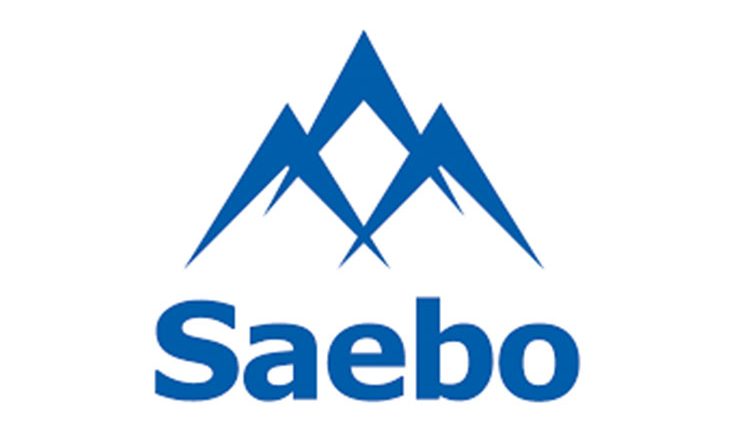New Acronyms in the Neurorehabilitation Literature; What Do They Mean?
For those working in upper extremity (UE) neurorehabilitation, the acronyms CIMT (constraint induced movement therapy) and mCIMT (modified constraint induced movement therapy) are now very familiar.
CIMT is an intervention approach which involves restraint of the non-involved UE for 90% of waking hours over a two week period, to include weekends, with repetitive training of the involved UE using shaping principles for 6 hours per day on the weekdays (Kunkel, Kopp, Muller, Villringer, Villringer, Taub, & Flor, 1999).
mCIMT, a lower level of intensity of CIMT, involves restraint of the non-involved UE for 5 hours per day during the weekdays along with three 30 minute sessions per week of shaping and standard task training of the involved UE for a 10 week period (Page, Levine, Leonard, Szaflarski, & Kissela, 2008).
Many will also be familiar with another acronym, the EXCITE trials. Wolf, Winstein, Miller, Taub, Uswatte, Morris, Giuliani, Light, and Nichols-Larsen (2006) completed the first ever national multi-site randomized clinical trial (RCT), the Extremity Constraint Induced Therapy Evaluation (EXCITE), with 222 participants, to compare the effectiveness of CIMT versus usual customary care for individuals 3 to 6 months post stroke. The CIMT group demonstrated significant improvements in UE function and use both at 2 weeks and at a 12 month follow up compared to the control group (Wolf et al, 2006).
A review of the recent literature now reveals two additional acronyms that may not be so familiar, VECTORS and EXPLICIT.
Very early constraint-induced movement during stroke rehabilitation (VECTORS) was a single blind RCT comparing traditional UE therapy with high intensity CIMT during acute inpatient rehabilitation over a two week period (Dromerick, Lang, Birkenmeier, et al., 2009). This study demonstrated an inverse dose-response relationship where high dosed CIMT resulted in less motor improvement when applied in the early days after stroke (9.65 +/- 4.5 days).
There have been animal studies published that have shown early high intensity forced limb use has resulted in expansion of the lesioned area (Kozlowski, James, & Schallert, 1996). However, the VECTORS study found no MRI evidence of this.
There is a current debate in the literature regarding the optimal dosage of repetitive task training (such as mCIMT) during the acute stages of stroke. A systematic review by Nijland, Kwakkel, Bakers, and van Wegen (2011) suggests that low intensity CIMT (less than 3 hours of shaping/day and less than 90% restraint of the non-involved UE) compared to high intensity CIMT (> 3 hours of shaping/day in combination with restraint of the non-involved UE for 90% of waking hours) may be more beneficial during the acute and sub-acute stages of stroke. The acute and sub-acute stage was defined as within the first 10 weeks after a stroke.
Explaining Plasticity after stroke (EXPLICIT) is a study designed to explore the underlying mechanisms of UE recovery following stroke during the acute stages. This multi-center trial is currently underway with the aim of determining the effectiveness of a form of early applied mCIMT on stroke recovery mechanisms.
Researchers support the need for further research focusing on the mechanisms of stroke recovery and the optimal dosage and time window for intervention. (Nijland, Kwakkel, & Bakers, 2011).

Shannon Scott, OTR/L, is the Clinical Assistant Professor at Stony Brook University Southampton. She is a graduate of the University of British Columbia in Vancouver, Canada and is currently pursuing her doctorate in OT through Quinnipiac University. She has over 23 years of clinical experience, specializing in Neurorehabilitation. She is Level One Brain Injury Certified and is NDT trained. Shannon was one of the first 10 therapists trained in the use of Saebo. Prior to teaching at Stony Brook, Shannon was the Director of Clinical Services at Saebo.
References
Dromerick, A. W., Lang, C.E., Birkenmeier R. L., et al. (2009). Very early constraint-induced movement during stroke rehabilitation (VECTORS): A single-center RCT. Neurology, 73, 195-201.
Kozlowski, D. A., James, D. C., and Schallert, T. (1996). Use-dependent exaggeration of neuronal injury after unilateral sensorimotor cortex lesions. Journal of Neuroscience, 16, 4776-4786.
Kunkel, A., Kopp, B., Muller, G., Villringer, K., Villringer, A., Taub, E., & Flor, H. (1999). Constraint-induced movement therapy for motor recovery in chronic stroke patients. Archives of Physical Medicine and Rehabilitation, 80(6), 624-628.
Kwakkel, G., Meskers, C. G., van Wegen, E. E. et al. (2008). Impact of early applied upper limb stimulation: the EXPLICT-stroke programme design. BMC Neurology, 8:49.
Nijland, R., Kwakkel, G., Bakers, J. & van Wegen, E. (2011). Constraint-induced movement therapy for the upper paretic limb in acute or sub-acute stroke: a systematic review. International Journal of Stroke, 6, 425-433.
Page, S. J., Levine, P., Leonard, A., Szaflarski, J. P., & Kissela, B. M. (2008). Modified constraint-induced therapy in chronic stroke: Results of a single-blinded randomized controlled trial. Physical Therapy, 88(3), 333-340
Wolf, S. L., Winstein, C. J., Miller, J. P., Taub, E., Uswatte, G., Morris, D., . . . EXCITE Investigators. (2006). Effect of constraint-induced movement therapy on upper extremity function 3 to 9 months after stroke: The EXCITE randomized clinical trial. JAMA : The Journal of the American Medical Association, 296(17), 2095-2104. doi: 10.1001/jama.296.17.2095

